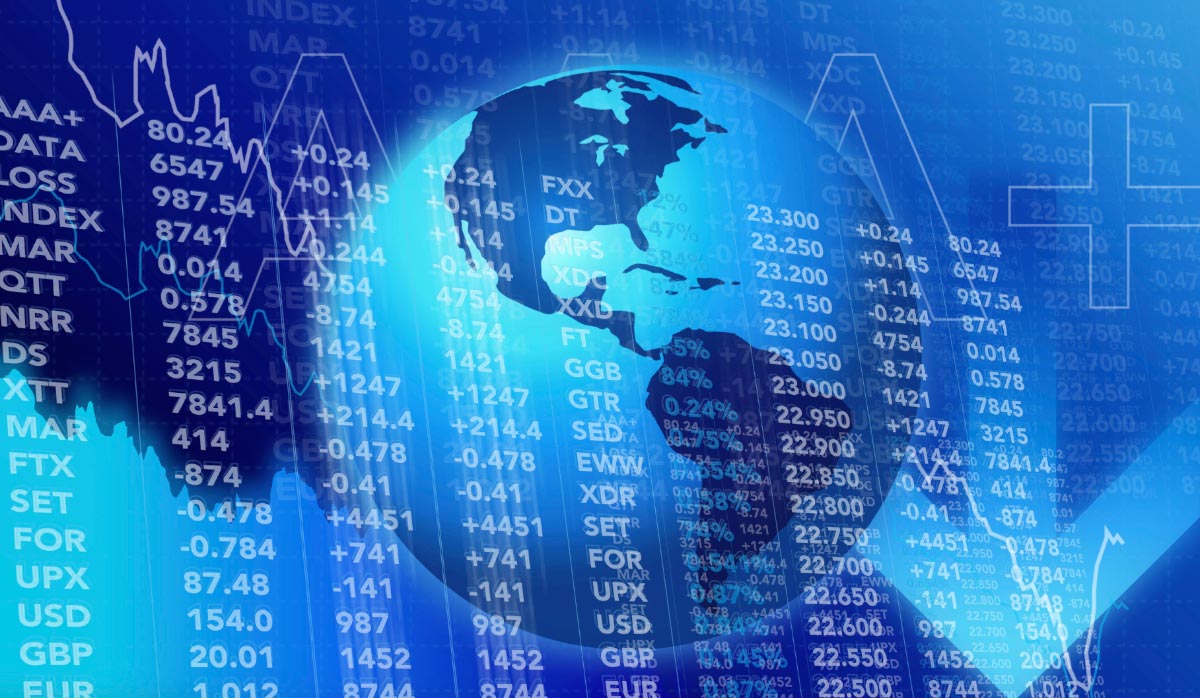Additionally, an initial need for capital in the recession and then low interest rates and a strong stock market led to high capital-raising activity.
Stifel Financial has a long history of being an active acquirer. With several hundred million dollars of arguably excess capital, the company could make some decent-size acquisitions. The company may see some growth from a renewed commitment to its independent advisor business.
Stifel has been deepening its expertise in certain niche areas lately through acquisitions. The KBW merger improved the company’s presence in financial industry investment banking, and Stifel has made a series of public finance firm acquisitions over the past several years. In wealth management, adding Barclays’ advisors can help the firm move more upmarket. The investment banking and wealth management landscape is undergoing a decent amount of change from regulations, such as those related to capital requirements and fiduciary standards.
Financial Strength:
Stifel’s financial health is fairly good. At the end of 2020, the company had approximately $1.1 billion of corporate debt and over $2 billion of cash on its balance sheet. Its next large debt maturity is $500 million in 2024.The Company’s total leverage is less than 8, which is fair considering the mix of its investment banking and traditional banking operations. At the end of 2020, Stifel was at its disclosed target of 11.9% Tier 1 leverage ratio. Given that its Tier 1 leverage ratio is above management’s previously stated target of 10%, the company would resume more material share repurchases or pursue acquisitions.
Bulls Say:
Stifel’s string of acquisitions has increased operational scale and expertise. Stifel is an experienced acquirer and integrator. A recession could provide ample acquisition opportunities. Net interest income growth over the previous several years at the company’s bank materially expanded wealth management operating margins, and the increased size of the bank and wealth management business provides diversification with its institutional securities business.
Company Profile:
Stifel Financial is a middle-market-focused investment bank that produces more than 90% of its revenue in the United States. Approximately 60% of the company’s net revenue is derived from its global wealth management division, which supports over 2,000 financial advisors, with the remainder coming from its institutional securities business. Stifel has a history of being an active acquirer of other financial service firms.
(Source: Morningstar)
General Advice Warning
Any advice/ information provided is general in nature only and does not take into account the personal financial situation, objectives or needs of any particular person.









